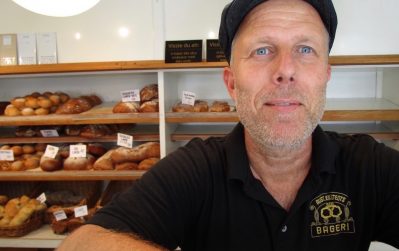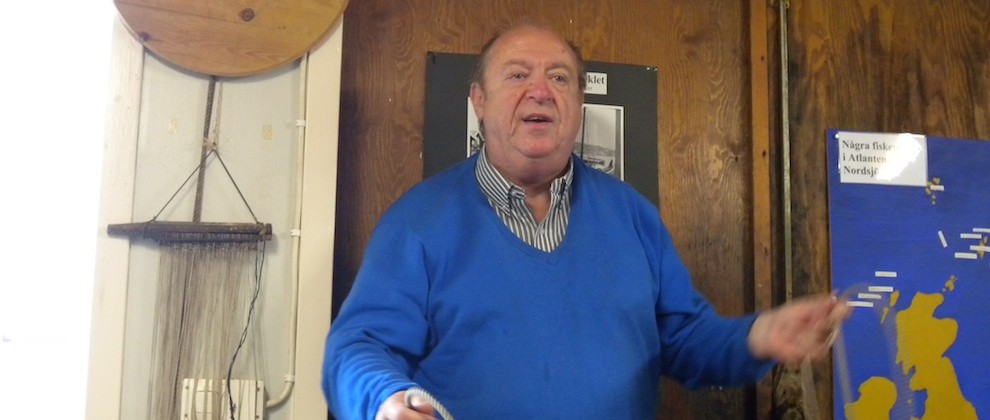* My feature about a family holiday is due out this autumn but, by way of a flavour, this is some accompanying online content about the great Swedish tradition of fika.
Fika is a way of life in Sweden.
The concept is hard to translate but roughly means a mid-morning or mid-afternoon coffee break accompanied by sweet treats.
Traditional fika favourites include cinnamon buns and chocolate truffles; next-generation fika bakers are now turning their hand to new flavours and gluten-free options.
Fika is enjoying a Bake Off-style renaissance in Sweden with West Sweden taking the nation’s longest fika at 27 minutes on average. Young people are extending the fika frenzy, taking up to 30 minutes per fika.
A new fika tour of Alingsas, a historic town some 40 minutes by train from Gothenburg, celebrates the development of the tradition in the fika-heritage capital of Sweden.
The first café was founded in Alingsas in 1733 and, today, the town boasts some 30 cafes —three listed in the prestigious, Michelin-style White Guide.
The guided walking tour takes in cafes around the attractive town centre, sampling local goodies at each stop and explaining the history along the way.
It’s a gentle-paced 90-minute stroll, starting from the Tourist Information Centre, and ideal for kids with a sweat tooth, or parents with a penchant for great coffee.
This is my pick of the best places to try fika in Alingsas:
MAGASINET
Set in an old textile warehouse on the square, this friendly, family-run café specialises in a healthy-living take on fika with all-organic ingredients.
The owner, Cecilia Hallen, creates no-sugar recipes, using figs, dates and pumpkin seeds to sweeten recipes, serving them with a range of fruit-infusion teas — try the lemon, strawberry and raspberry brew.
“Fika fosters feelings of contentment and camaraderie,” says Cecilia. “I like to create different fikas for different moods.”
ANY’S COFFEE HOUSE
Cinnamon buns are served from the hatch to tables laid out in the sunny courtyard at this relaxed backstreet café.
It specialises in baking gluten-free produce and spices the sugar-frosted buns with cinnamon and cardamom — just as the coffee was when it was first introduced to Sweden from Turkey in the 18th century.
NYGRENS CAFE
Copenhagen has Noma. Alingsas has Nygrens.
The White Guide to Swedish cafes named this artisan café, run by two young women with Bake Off flair, as the world’s best place to sample fika.
The café, set in a restored grocery store from the 18th century, spills out in a cobbled courtyard in summer.
The changing menu of homemade treats includes crisp breads, gateaux and modern twists on classic Swedish recipes, such as kladdkaka (gooey chocolate cake).
For a lunch stop, try a plate of flatbread topped with quince marmalade and local blue cheese, decorated with local wild flowers.
EKSTEDT’S BAKERY
This historic bakery [pictured above], dating from 1886 and also highly recommended by the White Guide, is an artisan bakery with a range of specialty coffee.
The owner, Mikael Lindeman, roasts and grinds coffee bought directly from a Honduran farming cooperative.
“I always drink good coffee black,” says Mikael. “We only use milk and sugar to disguise the bitterness of inferior quality coffee.”
The bakery also bakes the traditional seven types of cakes and cookies eaten at a traditional Swedish fika, starting with light banana bread and working towards spiced, iced fingers.
LJUNGBLADS KONDITORI
This famous old café, founded in 1924, is home to the piece de resistance of a traditional Swedish fika: Princess Cake.
This sugar-hit sensation, comprising layers of raspberry jam, whipped cream and vanilla custard, smothered in a coating of dayglo-green marzipan, marks the grand crescendo of any fika celebration.
Better still, from here, it’s just a short, calorie-burning stroll back to the train station for connections to Gothenburg.
More from kafestaden.se; tours April to October and tickets 330 (£28) Kr per person; ask about new family ticket deals.
- Liked this? Try also Just back: Midsummer in West Sweden.
- Sign up to my newsletter for more articles and details of writing workshops.


